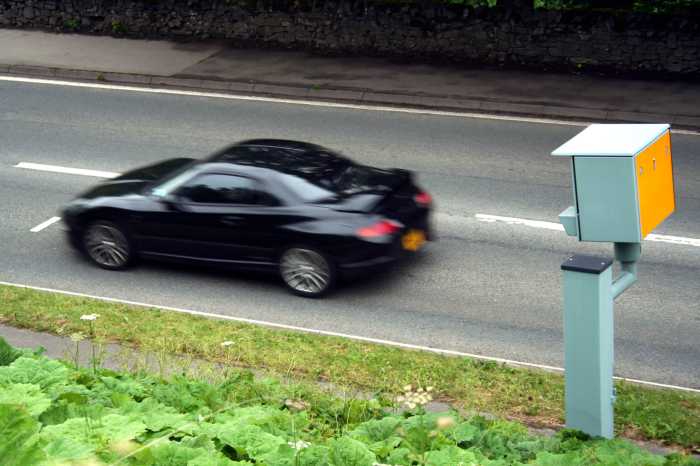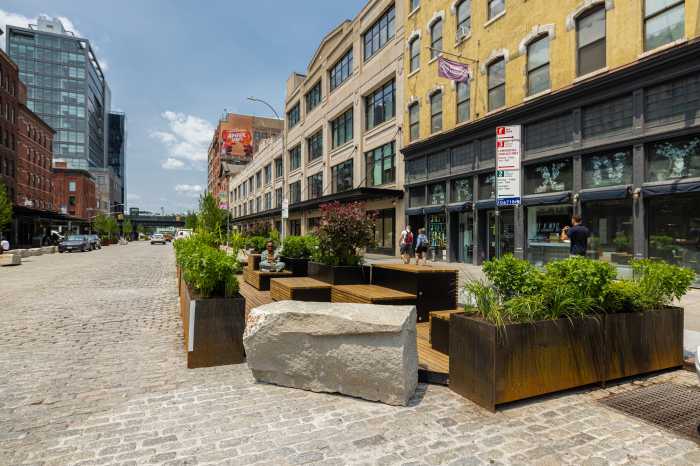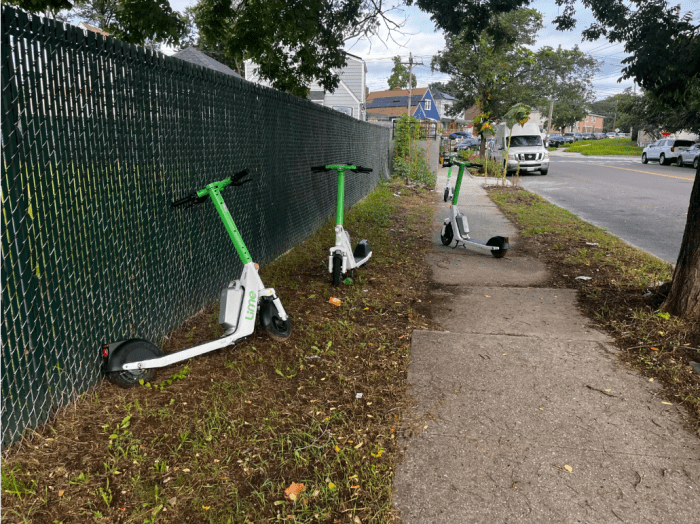Next year is poised to be a momentous year for how New Yorkers get around. While subway service has stabilized somewhat, the MTA is still grappling with crisis-level service on its trains and buses as well as a dire budget gap. Congestion is continuing to choke city streets. And hundreds of thousands of commuters will soon have to navigate life without the L train. Nonetheless, transit fares and tolls are planned to rise, again.
Congestion pricing considered
It remains to be seen how committed the new, Democrat-controlled State Legislature will be to addressing the city’s transportation needs in 2019. Gov. Andrew M. Cuomo is expecting the challenge to be a top priority; he has pledged to pass a congestion pricing policy for Manhattan during the next legislative session. The new revenue from charging vehicles entering the Manhattan core would go toward funding the MTA, while hopefully cutting back on some of the traffic there.
“This year we have to take the bull by the horns with the MTA,” said Cuomo earlier in December. “We have to pass a dedicated funding stream so the MTA has the funding it needs — congestion pricing (is) the only alternative.”
At last, there seems to be a universally agreed upon blueprint to overhaul the MTA’s subway and bus service: New York City Transit President Andy Byford’s Fast Forward plan. But the strategy will take a decade to carry out and is estimated to cost around $40 billion. And since unveiling the plan this spring, Fast Forward has been met with resounding support, but no funding commitments. In 2019, we will see if money for the five years of the plan will actually materialize.
MTA restructuring mulled
But new revenue is just one piece in a larger puzzle that is fixing the MTA. Cuomo, elected officials and the MTA’s own board have called for a broad look at restructuring the authority and its operations, which each party has described as a bloated bureaucracy. As service has declined and city ridership plummets, the authority is facing a $1 billion budget gap in 2021.
A state-convened panel tasked with fixing the authority even floated the idea of disbanding the MTA and ceding services to more localized entities in a report issued this month. City Council Speaker Corey Johnson favors such a solution and has tweeted his support for a city-controlled subway and bus system.
“This is a fundamental, existential question for this region and this city — that if you want to continue to function, if you want to continue to thrive, things have got to get better on the subways and the buses, and we have to pay for it,” said Queens State Sen. Michael Gianaris, a member of the panel, at the time of the report’s release. “We have to make a decision as a society that we need to fund mass transit.”
L train shut down
The authority appears to have taken more definitive action when it comes to making critical repairs to the Canarsie tunnel that runs under the East River. In April, the MTA will shut down service on its L line from Bedford Avenue through Manhattan for 15 months. The project will impact the roughly 225,000 commuters who use the line each day.
While the city and MTA have worked together to provide alternative transit options — mostly through boosting nearby subway service, but also via new bus shuttles, bike infrastructure and ferries — many advocates feel the plans are too weak to truly and smoothly accommodate all the displaced commuters.
Byford and his planning equal at the city’s Department of Transportation, Commissioner Polly Trottenberg, have both pledged to be flexible and make changes should troubles arise. That pliability will be tested after the last L leaves Brooklyn on April 27.





































